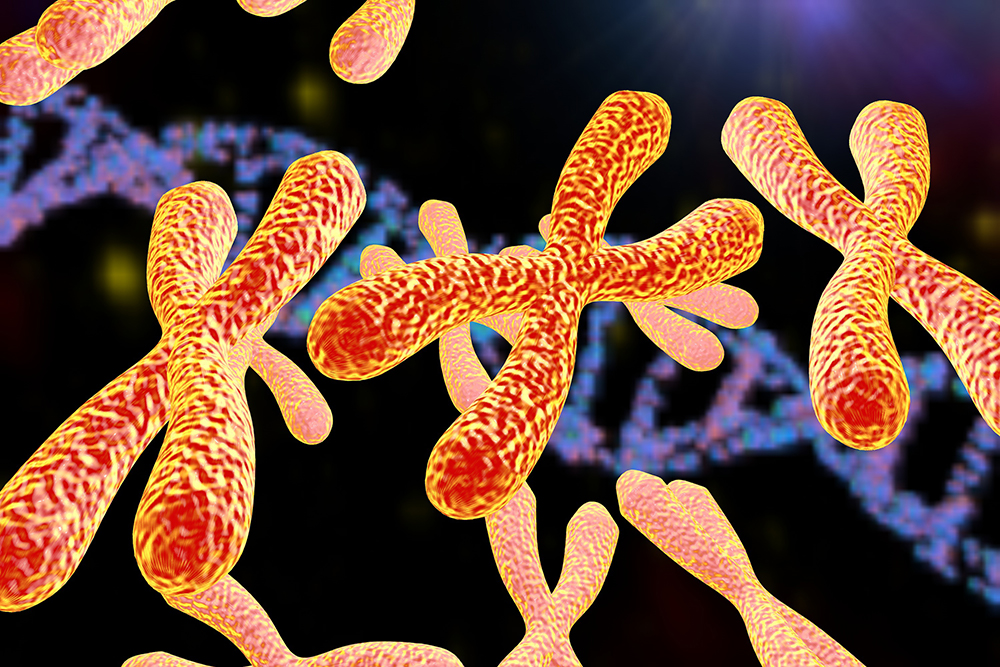Key Mechanisms of Cancer, Aging and Inflammation Revealed
Posted on Nov. 8, 2016, in Mechanisms of Aging Cancer Inflammation
Researchers have discovered new information about the biology of telomeres and the role they play in age-related diseases.
A team of researchers from the University of Pittsburgh, lead by Patricia Opresko, Ph.D have discovered crucial new information about telomeres, the end caps of DNA. Telomeres (repeated sequences of DNA) are shortened each time a cell divides, thus becoming smaller with age. When telomeres become too short, they send a signal to the cell to cease dividing permanently – this impairs the ability of tissues to regenerate, contributing to various age-related diseases.
In cancer cells, on the other hand, levels of the enzyme telomerase (which lengthens telomeres) are elevated. This enables them to divide indefinitely. “The new information will be useful in designing new therapies to preserve telomeres in healthy cells and ultimately help combat the effects of inflammation and aging. On the flip side, we hope to develop mechanisms to selectively deplete telomeres in cancer cells to stop them from dividing,” said Dr. Opresko.
Previous studies have shown that oxidative stress accelerates telomere shortening. Oxidative stress is a condition where free radicals build up inside the cell, causing damage. Free radicals can damage the DNA that makes up the telomeres, as well as the DNA building blocks used to extend them. Oxidative stress also plays a role in various other health conditions, including cancer and inflammation. Free radical damage, which is often caused by inflammation in the body, as well as environmental factors, is believed to build up throughout the aging process.
The researchers in the current study set out to explore what happens to telomeres when they are damaged by oxidative stress. Their theory was that the telomerase would be unable to do their job as a result of oxidative damage. They were surprised to find that telomerase could still lengthen telomeres with oxidative damage.
The researchers then subjected the building blocks used to make up telomeres to oxidative damage. This resulted in the telomerase adding a damaged DNA precursor molecule to the end of the telomere, however, no additional DNA molecules were able to be added. These results suggest that oxidative stress speeds up telomere shortening by damaging the DNA precursor molecules, not the telomere itself. Dr. Opresko stated ”We also found that oxidation of the DNA building blocks is a new way to inhibit telomerase activity, which is important because it could potentially be used to treat cancer.”
The team has begun to delve further into the consequences of oxidative stress on telomeres, employing a novel photosensitizer that produces oxidative damage selectively in telomeres. Dr. Opresko believes that by using this technology that they will be able to discover more about what happens to telomeres when they are damaged, as well as how that damage is processed.
Oxidative guanine base damage regulates human telomerase activity, Nature Structural and Molecular Biology, nature.com/articles/doi:10.1038/nsmb.3319




